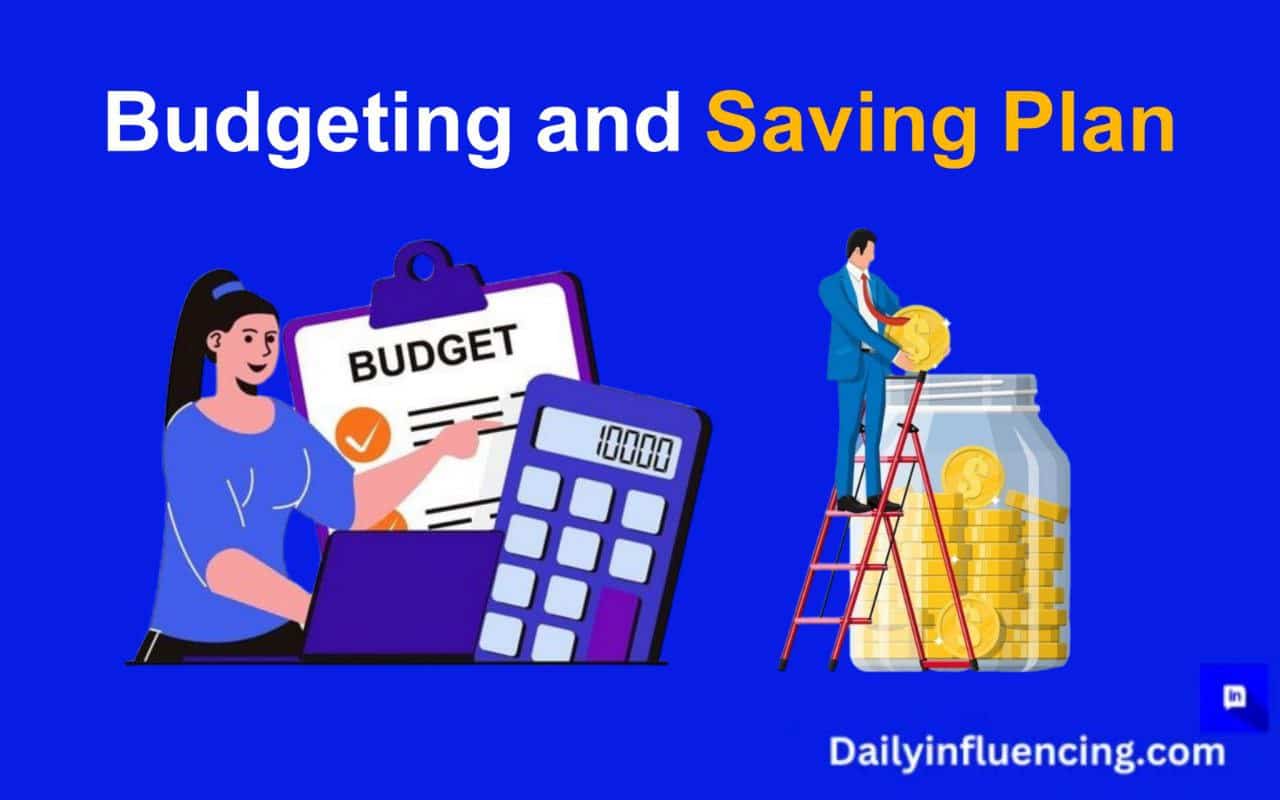
It’s impossible to manage a business without a budget—Just like it’s impossible to drive a car without fuel. Whether an entrepreneur or a business leader, being able to create a budget for your business is a fundamental step when it comes to growing a business.
Additionally, accounting for your funds is very important for growing your business.
That’s why, in this article, we will be looking at what a budget is and how to create one for your business.
What Is A Budget
A business budget is a marketing plan. It is a blueprint that businesses use to track their revenue and expenditure. Creating a budget is an important aspect of your marketing business.
Additionally, the information in your budget says a lot about your financial capabilities.
Creating a business budget can help you to track and understand if you’re still on the path to meet your financial expectations for short-term (monthly or quarterly) and long-term (annual) goals.
In essence, having a budget helps you to regularly adjust your short-term budget to ensure your long-term budget stays on track.
Why Is It Important To Create A Business Budget
Creating a business budget is crucial for running a smooth business. It is what helps you make informed decisions for your marketing business.
A business budget might feel like a lot of stress at the beginning, but putting one in place helps you to prevent the mismanagement of funds in your business.
In other words, a budget forces you to prioritize the most important expenses at the moment which is aligned with your business goals.
Furthermore, a budget guarantees profitability and helps you understand how you spend your money and essentially, what you spend it on.
How To Create Your Business Budget

Due to the numerous benefits attached to having a business budget, let’s look at how to create one for your business.
Step 1: Identify Your Business Goals
To create a marketing budget, you need to have a firm understanding of what your business is trying to accomplish.
Being able to set SMART goals for your business is one key way to ensure how much you allocate to certain things.
For instance, if your business goal for the month or the quarter is to generate leads and be visible to your potential customers, you can allocate more funds to running Google and social media ads, working with influencers in your niche or even paying people to help you run outreaches on your social media pages.
Additionally, before allocating those funds, you need to be sure your goals are SMART (Specific, Measurable, achievable, relevant and time-bound).
For instance, using the example above, you can set SMART goals and say. “for this quarter, i want to generate 50 leads, close 20 as high-ticket clients and 15 as low-ticket clients”.
Setting clear and SMART goals enable you to track your business, make sure you’re on the right track and make adjustments where needed.
Step 2: Gather Financial Data
To create a budget for your business, you need to identify all sources of revenue and add them together. Determine how much money is coming into your business each month.
In addition, collect past financial statements and understand your income and cash flow.
However, if your business is still new, you can review industry benchmarks and market trends and use that as a guide to estimate for your business.
In essence, you can’t allocate funds for your business expenses if you don’t determine your income and cash flow. Gathering financial data is a key step in creating your business budget as it helps you to estimate future revenue and expenses.
Step 3. Categorize Expenses For Your Business Budget
There are three ways to categorize your expenses. These include the following.
Fixed Costs
Fixed costs are recurring business expenses that does not change with an increase or decrease in the products or services produced or sold by the business.
In other words, fixed costs are those expenses that remain constant and does not change frequently. These kinds of costs include salaries of your employees, utility bills, insurance etc.
No matter the projected income for that period, these expenses have to be made.
Variable Expenses
Just like the word “variable” means “changeable”, a variable expense is an expense that is liable to change depending on several factors. These categories of expenses are not fixed and therefore, harder to estimate.
A variable expense can change depending on how much a company produces or sales. Therefore, if the volume of production and output increases, variable costs will also increase.
On the other hand, if the bill of production or output decreases, variable costs will decrease.
Examples of this kind of expenses include: supplies, raw materials, travel and marketing.
Semi-variable expenses
These categories of expenses have both the fixed and variable characteristics.
It’s important to create estimates for the semi-variable expenses.
Although hardly used, creating a budget for it helps to account for every revenue gotten. These kinds of cost includes: employee benefits and equipment maintenance.
Step 4: Create The Budget Plan
You have all the information needed to put your budget plan in place, now it’s time to create the budget.
To do this, you need to estimate your monthly, quarterly and yearly revenues. This helps you to make detailed and operational decisions.
Additionally, Assign a percentage to each of your expenses in the different categories. Make sure to prioritize the important expenses first in your marketing plans.
Step 5: Track, Analyze and Adjust
This is always an important part of creating a budget for your marketing business. You need to always track your income and expenses.
If you have enough income to cover your expenses, then it means you have a surplus budget.
Therefore, the extra funds should be added to other important aspects of your business that are not priorities.
On the other hand, if your income is not enough to cover your expenses, then you have a deficit budget and this can affect your business plans.
Therefore, it’s important to track what works in your budgeting plan, analyze and adjust what doesn’t.
Conclusion
Creating a budget for your marketing business is a crucial way to make informed business decisions that help you to ultimately achieve your short and long-term marketing goals.
Creating a budget is more than just allocating funds, it’s about meeting up with your financial expectations.




